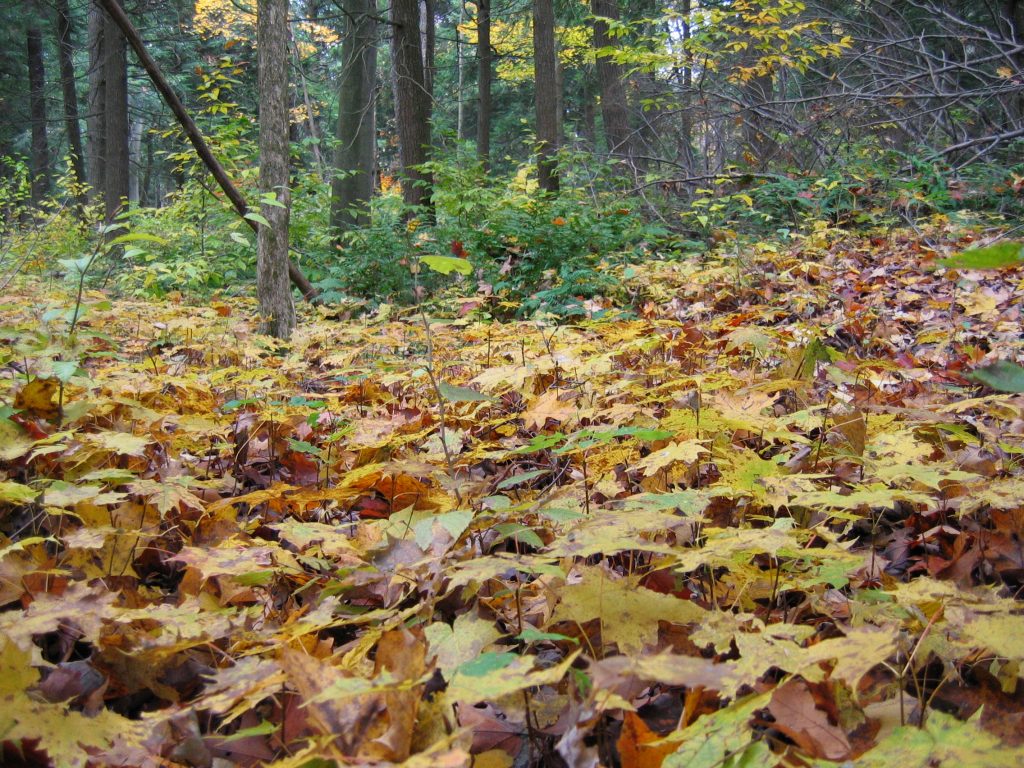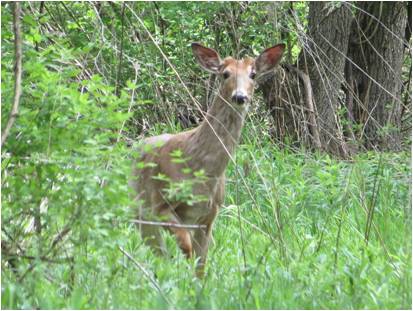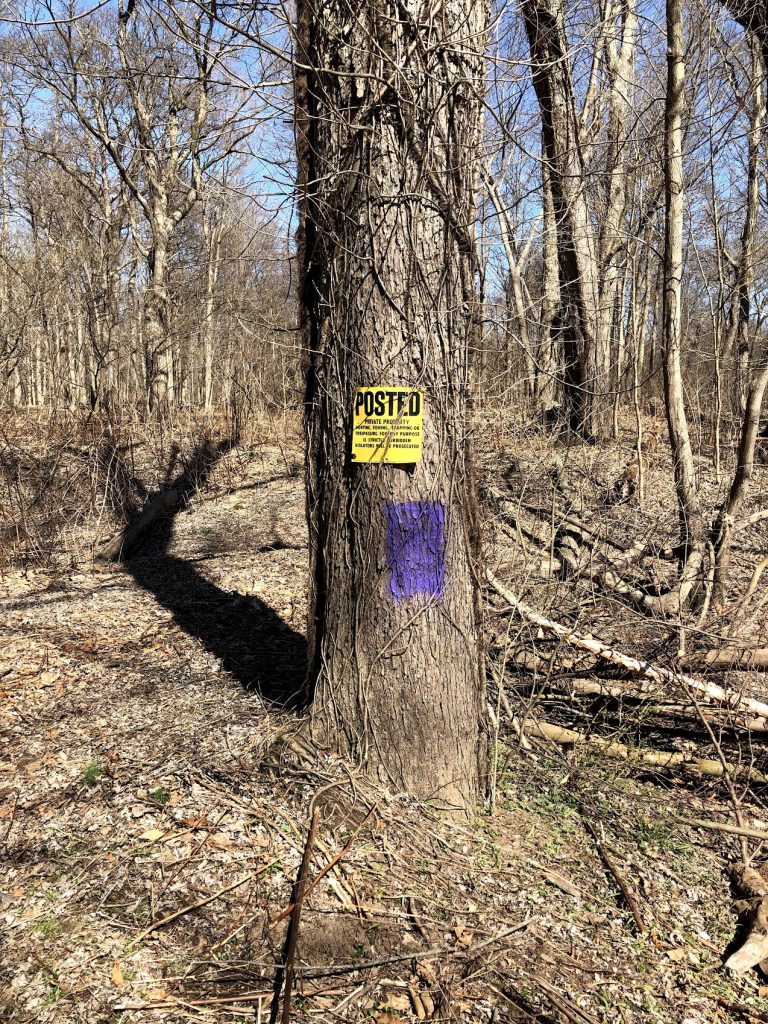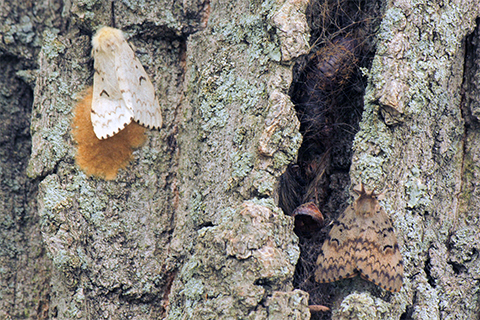It’s November (already). If you own or manage a woodlot it’s a great time to be thinking about regenerating your forest, the boundaries of what you own, and checking for invasive species.
Trees drop their seeds and new trees grow. Sounds pretty simple. It’s not. While those new trees are growing you need to keep them undamaged and growing up towards the sky.

Research has repeatedly shown that Pennsylvania’s deer population is one of the factors preventing Pennsylvania’s forests from regenerating. The deer are eating the seedlings and damaging young trees.
Studies by groups including Audubon Pennsylvania, the Pennsylvania Game Commission, Penn State University, and the Pennsylvania Habitat Alliance have collected data and conducted research about the density of deer in Pennsylvania’s woods and the impact those deer have.

There are many reasons to want trees to regenerate or be concerned about deer damaging trees. Organizations that study birds are concerned about how high deer populations are impacting bird habitat.
One tool in controlling deer populations is hunting. In some places deer hunting is a tradition with time spent at deer camp with family and friends, time off from school, and processing the venison into bologna to share. In other places, hunting is viewed differently.
If you think about deer hunting as a forest management tool that you need to use in your woodlot, but you don’t hunt consider working with a responsible hunter or group of hunters on your property.
As the trees drop their leaves it’s easier to see in the woods. That makes November also a good time to check your boundary lines and “freshen things up.” Re-paint your boundary lines, check any signs you have on the boundary line, and verify you can still find any pins or markers at corners.

Knowing where your boundary lines are is important for many reasons. If you’re managing the property foresters, loggers, and other forest workers will want on the ground markers to help them know where your property is. It helps neighbors, and potential neighbors when a neighboring property is for sale, know where your line is.
While you are out and about in your woods and the leaves are down look for any signs of trespass. This could be walking trails people are using without your permission and knowledge, to hunting stands being put up on your property, to motorized recreation happening on your forest roads. Keep an eye out and communications with your neighbors open.
If you keep your boundaries well marked and want people to ask permission before using your property you could put up “No Trespassing” signs or use purple paint. The “purple paint law” passed in Pennsylvania in early 2020. Landowners who use a specific shade of purple (the guys at the local hardware store or paint store will know what you’re talking about) as their boundary marking are notifying the public that this is the boundary and there should be no trespassing.
November through March are also a good time to check for gypsy moth egg masses. Gypsy moth were originally brought to the United States in an attempt to create a better silk producing moth. However, they are not native to the United States and are BIG eaters.
Gypsy moth caterpillars eat a lot of leaves. They can often eat enough leaves that the tree dies. Trees need their leaves.

By looking for egg masses and treating them (scraping them and soaking the egg masses in soapy water, or using specialty products) you can reduce the number of caterpillars that will be eating the leaves of your trees.
Special thanks to the Pennsylvania Forestry Association and Gerald Hoy with DCNR for providing the monthly ideas for woodland stewardship!


